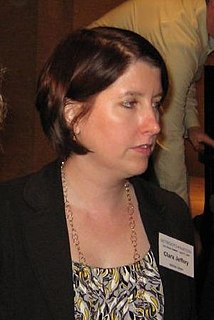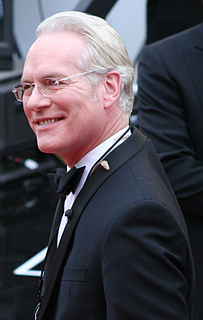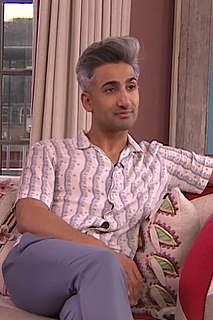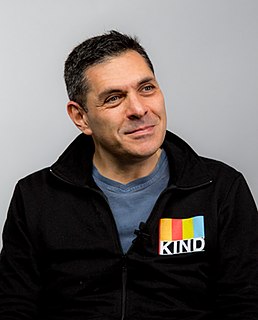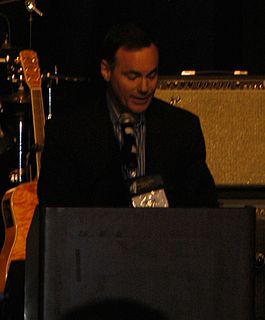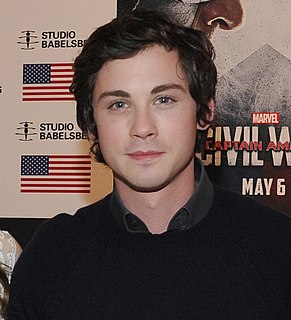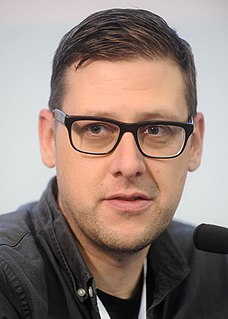A Quote by Joel Sternfeld
The digital print is becoming the look of our time, and it makes the C-print start to look like a tintype.
Related Quotes
Print is still responsible for a significant portion of the revenues that, you know, pay for the work of the newsroom. But, you know, digital is very important. And part of the thrill of having this job now is I get to lead us through what is both a thrilling and very challenging transition from a print world to a digital world.
My goal is to create a sustainable long-term business that, we're committed to print, we're rooted in print, but we're expanding into digital and into modernizing the way we sell to customers through e-commerce and things like that. And it requires different skill sets; it requires different ways of doing business.
The worst was I had little control in terms of smoothing out my questions and making myself look good the way I could in print. All the ums and uhs and rambling and apologies and hyenalike laughter at something that really isn't funny. You know when an artist will crack a joke, and you're like, "That's so hilarious," like, the fawning laughter that you can at least cut when it's print? It's just all out there, and it's really humiliating.

